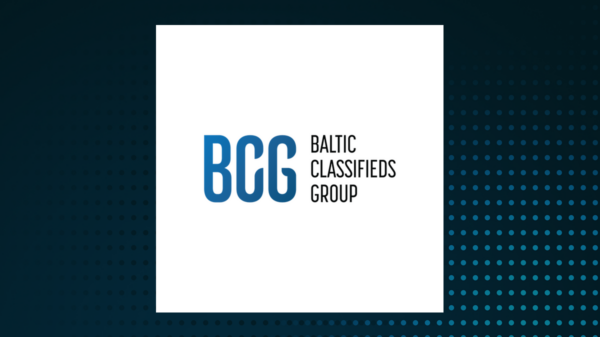In today’s fast-paced world, effective change management is crucial for both individuals and organizations. The adoption of strategies such as version control and resource reutilization can significantly enhance productivity and collaboration. Understanding these concepts helps streamline processes, enabling teams to adapt more quickly to evolving demands.
Understanding Version Control
Version control is a system that records changes to files over time, providing a historical context for modifications. Users can revert to specific versions, compare changes, and manage contributions from multiple individuals. While commonly associated with software development, version control principles can be applied in various fields, including document management and collaborative projects.
The benefits of version control are numerous. First, it allows teams to track changes over time, ensuring transparency regarding who made modifications and when. This fosters a sense of accountability and reduces confusion among team members. Additionally, version control tools facilitate collaboration, allowing users to merge changes and resolve conflicts without overwriting others’ contributions.
One of the key advantages of version control is its rollback capability. If a recent change creates issues, users can quickly revert to a prior version, minimizing downtime and the impact of errors. Furthermore, branching allows teams to experiment with new features without affecting the main project, making it easier to test innovative ideas.
Several popular version control systems, such as Git, are widely used in the industry. Git is the most popular distributed version control system, while platforms like GitHub and GitLab enhance collaboration by hosting repositories and providing additional functionalities.
Exploring Resource Reutilization
Resource reutilization refers to the practice of maximizing the use of existing resources—be it physical, technological, or human—before seeking new alternatives. This strategy not only reduces costs but also minimizes waste, ultimately contributing to more sustainable operations.
Organizations can benefit significantly from resource reutilization. By leveraging existing assets, they can save money that would otherwise be spent on procuring new resources, which is especially important during economic uncertainty. Additionally, focusing on resource reutilization aligns with sustainability efforts by reducing waste and energy consumption, thus mitigating the environmental impact associated with new resource acquisition.
Encouraging a culture of sharing within teams can further enhance resource reutilization. By promoting collaboration and the sharing of knowledge, organizations can streamline workflows and bolster team cohesion. Regular assessments of available resources can help identify underutilized assets, allowing teams to repurpose these items effectively.
Integrating old equipment or outdated projects into new initiatives can also lead to innovative applications and creative problem-solving. This mindset fosters appreciation for existing resources and encourages teams to explore new uses.
The integration of version control and resource reutilization can yield powerful synergies. By utilizing version control to manage project files, teams can track the evolution of resources while promoting their optimal use. Organized records of changes can help identify elements suitable for reutilization, effectively creating a repository of assets for future projects.
Moreover, the collaborative spirit fostered by version control can inspire innovative approaches to resource reutilization. Diverse teams can brainstorm new applications for existing resources, leading to cost savings and fresh ideas that enhance organizational creativity.
In conclusion, mastering change management through effective version control and resource reutilization is essential for modern project management and operational efficiency. By embracing these practices, organizations can navigate change with agility and foresight. In a landscape characterized by rapid evolution, these strategies empower individuals and teams to innovate, collaborate, and thrive. As the saying goes, “Change is the only constant,” but with the right tools and mindset, organizations can master even the most daunting transformations.





































































